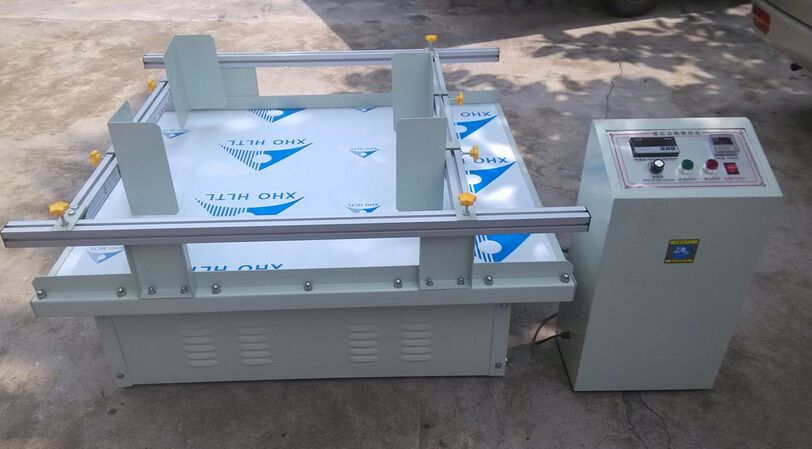ISTA 2A Vibration Test for Parcel Packages
The ISTA 2A vibration test is a critical procedure designed to simulate real-world conditions that parcels face during transportation and distribution. This test is particularly relevant in sectors such as logistics, retail, and manufacturing where the integrity of parcel packages must be guaranteed throughout their journey from manufacturer to consumer.
During an ISTA 2A vibration test, parcel packages are subjected to controlled environmental vibrations that mimic the shock and impact they would experience during various stages of transportation. This includes loading, unloading, and transit in vehicles or on conveyor belts. The primary goal is to assess whether the packaging can withstand these conditions without compromising the product inside.
This service ensures compliance with international standards such as ISTA 2A, which provides guidelines for the testing methods used by companies worldwide. By adhering to these standards, businesses can ensure their packages meet safety and quality requirements, reducing the risk of damage during transit and enhancing customer satisfaction.
The test setup typically involves placing a parcel on a shaker table that replicates the vibrations experienced in various transport scenarios. The test parameters are carefully controlled to simulate real-world conditions, including frequency, amplitude, and duration. This allows for precise evaluation of how well the packaging can protect the contents under these specific conditions.
Compliance with ISTA 2A is crucial because it ensures that packages are robust enough to handle the rigors of transportation without sustaining damage. Non-compliant packages may lead to increased product returns, higher insurance costs, and potential safety issues, all of which can significantly impact a company's reputation and bottom line.
For quality managers and compliance officers, ensuring compliance with ISTA 2A is essential for maintaining high standards in logistics and supply chain management. R&D engineers can benefit from this service by optimizing packaging designs to enhance resilience against vibrations. Procurement teams also play a vital role in selecting suppliers who adhere to such stringent testing protocols.
The test results are detailed reports that provide insights into the performance of different packaging materials and designs under specific vibration conditions. These reports help stakeholders make informed decisions about improvements needed for future packages, ensuring they meet both regulatory requirements and customer expectations.
Applied Standards
| Standard | Description |
|---|---|
| ISTA 2A | Provides guidelines for testing the resilience of parcel packages to simulate real-world transportation conditions. |
| ASTM D475-18 | Details specifications for the use of pendulum impact testers in assessing package performance under vibration. |
| ISO 2631-1:2003 | Covers methods for measuring human exposure to whole-body vibration, which can be relevant when considering ergonomic impacts on handlers. |
Benefits
- Ensures compliance with international standards and regulations.
- Reduces the risk of product damage during transportation.
- Enhances customer satisfaction by delivering undamaged products.
- Promotes sustainable packaging practices by optimizing design for durability.
- Aids in meeting insurance requirements related to package integrity.
- Improves brand reputation through consistent quality and reliability.
Customer Impact and Satisfaction
- Decreased product returns due to damaged packages.
- Lowered operational costs associated with rework or replacement of damaged goods.
- Increased customer trust and loyalty as a result of consistent quality delivery.
- Improved supply chain efficiency by minimizing disruptions caused by damaged parcels.
- Better informed decision-making through detailed test reports that guide packaging improvements.





